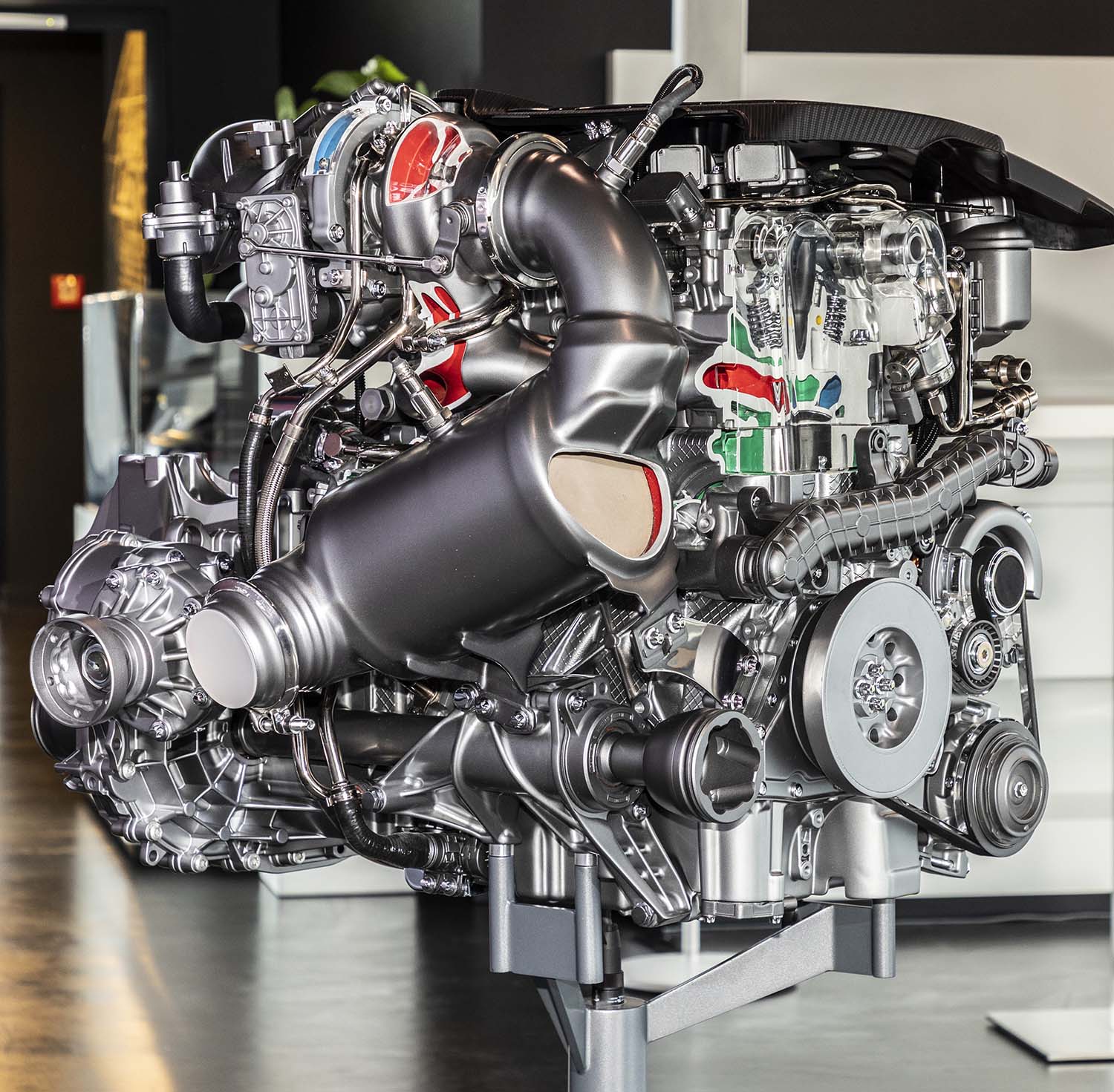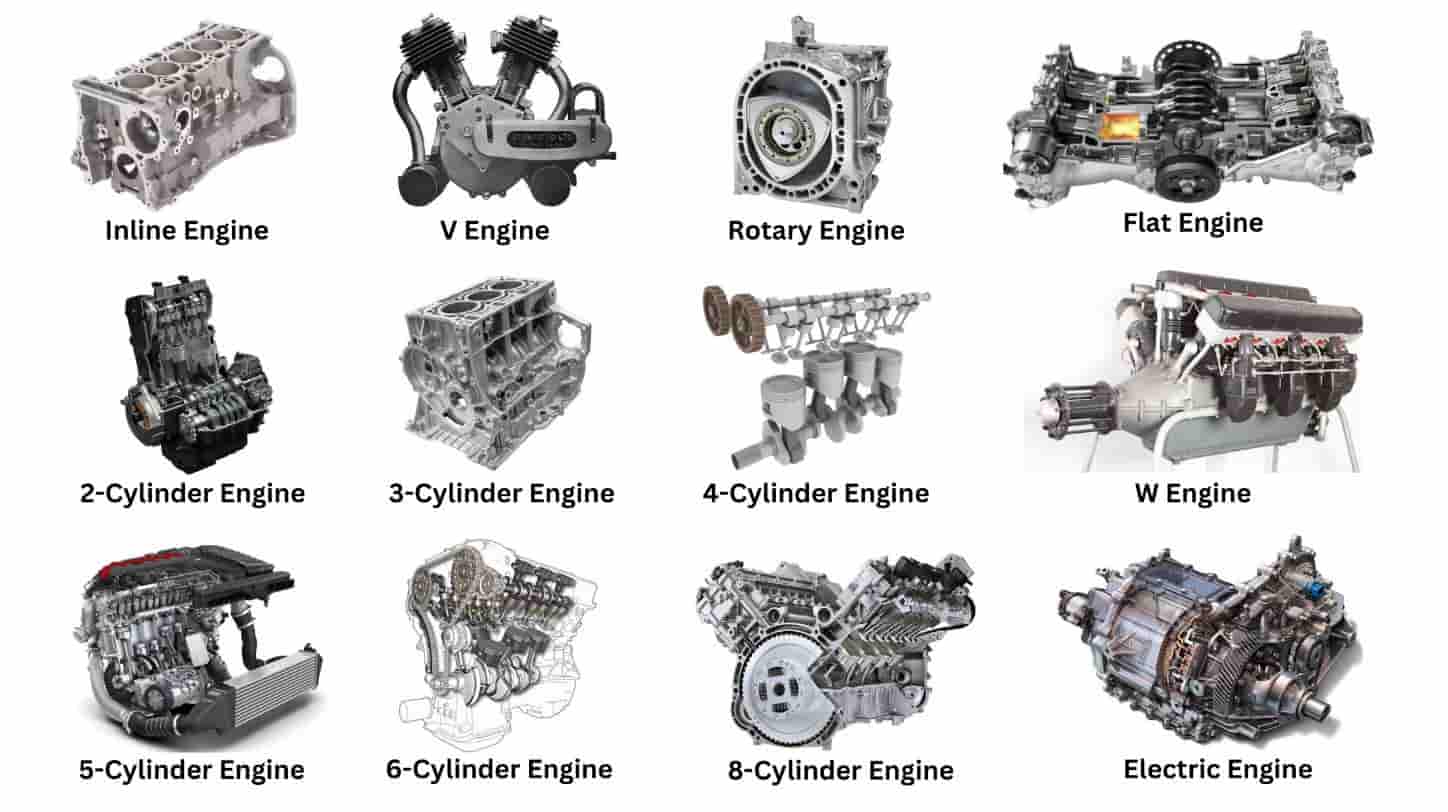Shop Engines for Africa and Even More at Our Extensive Auto Parts Shop
Shop Engines for Africa and Even More at Our Extensive Auto Parts Shop
Blog Article
The Quest for Ultimate Driving Power: Investigating the Peak of Engine Efficiency and Technological Advancements in the Automotive Industry
In the world of automobile design, the pursuit of optimum driving power has actually been an unrelenting mission that has actually unfolded with the evolution of engine design and the assimilation of advanced innovations. From the meticulous craftsmanship of burning engines to the fast innovations in electric propulsion systems, the automobile market stands at the cusp of a brand-new age identified by unprecedented performance abilities. As designers and scientists dig deeper into the realms of computational liquid dynamics and discover innovative fuel modern technologies, the horizon of possibilities broadens tremendously. Keep tuned as we unwind the intricate tapestry of technological developments that are forming the future of vehicle power and efficiency.
Advancement of Engine Layout

In addition, the combination of turbocharging and turbo charging technologies has reinvented engine layout by boosting power without significantly boosting engine dimension. These forced induction systems press the consumption air, enabling even more fuel to be ignited, therefore generating greater power outcome from a smaller sized engine. This advancement has actually been specifically important in improving the performance of smaller sized displacement engines while preserving gas performance standards.

Performance-Enhancing Gas Technologies
The implementation of advanced gas innovations has dramatically added to improving engine efficiency in modern-day vehicles. From traditional gasoline and diesel to innovative biofuels, synthetic gas, and hydrogen, the vehicle market is experiencing a transformation in fuel alternatives. Biofuels, stemmed from eco-friendly sources like sugarcane, algae, or corn, deal improved and lowered discharges engine effectiveness. Synthetic fuels, created via chemical processes, offer high octane rankings, boosting power output. Hydrogen fuel cells, although still in the onset of fostering, reveal terrific pledge due to their zero-emission nature and potential for high efficiency. Additionally, fuel additives and detergents are being created to tidy engine components, maximize combustion, and reduce friction, therefore enhancing overall automobile performance. With ongoing r & d, the mission for the supreme driving power continues, as designers aim to open the complete possibility of performance-enhancing fuel innovations in the automotive market.
Developments in Electric Propulsion
Substantial strides in electrical propulsion technology have actually revolutionized the automotive industry, leading the method for a new era of lasting and efficient transport. Electric automobiles (EVs) are acquiring popularity because of their ecological advantages and developments in battery modern technology, making it possible for longer driving arrays and shorter billing times. Makers are spending greatly in r & d to boost the efficiency of electric propulsion systems, concentrating on enhancing power outcome, improving power efficiency, and lowering overall my website weight.
One noteworthy innovation in electrical propulsion is the advancement of sophisticated electric motors that deliver greater torque and power density, causing improved velocity and total driving performance. Additionally, regenerative stopping systems have actually been refined to capture and save power during deceleration, more improving the effectiveness of EVs.
Moreover, the assimilation of clever innovations, such as expert system and predictive analytics, is optimizing the management of electric propulsion systems, guaranteeing optimum performance under numerous driving conditions. These innovations in electric propulsion are reshaping the automotive landscape, driving the market towards a much more lasting and amazed future.
Impact of Computational Liquid Dynamics
With improvements in electric propulsion pushing the borders of automotive modern technology, the assimilation of Computational Fluid Characteristics is playing a critical duty in optimizing aerodynamic performance and improving total efficiency in automobile design. Computational Fluid Dynamics (CFD) entails making use of you can find out more computer system simulations to assess the flow of air around an automobile, making it possible for engineers to forecast how style modifications will certainly influence aerodynamics without the demand for costly physical models. By accurately modeling air flow patterns, CFD enables the refinement of car forms to lower drag, boost cooling, and boost stability.
CFD enables designers to enhance air flow around components such as radiators, engine bays, and wheel wells, adding to enhanced performance and general driving experience. In conclusion, the integration of Computational Liquid Dynamics stands for a considerable step ahead in the quest for best driving power and performance in the automobile industry.
Future Fads in Engine Technology
In the dynamic landscape of auto design, innovative developments are shaping the future trajectory of engine technology. The future of engine style is noted by a strong focus on effectiveness, sustainability, and performance. Manufacturers are progressively concentrating on developing engines that not only supply high power outcomes but also focus on environmental duty by decreasing exhausts and enhancing fuel effectiveness.
One prominent pattern in engine technology is the rise of electrification. Hybrid and electrical powertrains are acquiring grip as sensible alternatives to standard burning engines. These technologies offer the capacity for substantial decreases in carbon emissions and enhanced power performance, straightening with global efforts to deal with environment adjustment.
Furthermore, improvements in products scientific research and manufacturing techniques are allowing the production of lighter and a lot more sturdy engine components. This shift towards light-weight products such as carbon fiber and light weight aluminum alloys adds to enhanced performance and gas economy.
Conclusion
In final thought, the quest of utmost driving power in the vehicle industry remains to drive improvements in engine style, fuel technologies, electric propulsion, and computational fluid characteristics. The evolution of these technologies is shaping the future of engine innovation, leading the way for a lot more effective and powerful lorries (engines for africa). As the industry proceeds to press the limits of what is feasible, we can anticipate to see a lot more groundbreaking growths in the pursuit for peak performance
One of the key milestones in engine layout advancement is the visit this site shift from conventional carbureted engines to modern fuel-injected systems. By specifically metering the fuel distribution to each cyndrical tube, fuel-injected engines optimize burning, resulting in much better performance and lowered ecological impact.
Furthermore, the assimilation of turbocharging and turbo charging technologies has actually transformed engine design by enhancing power without considerably increasing engine dimension (engines for africa).The implementation of innovative gas innovations has actually substantially contributed to boosting engine performance in contemporary vehicles. In addition, fuel ingredients and detergents are being created to clean engine parts, enhance burning, and decrease rubbing, thus improving total vehicle performance
Report this page